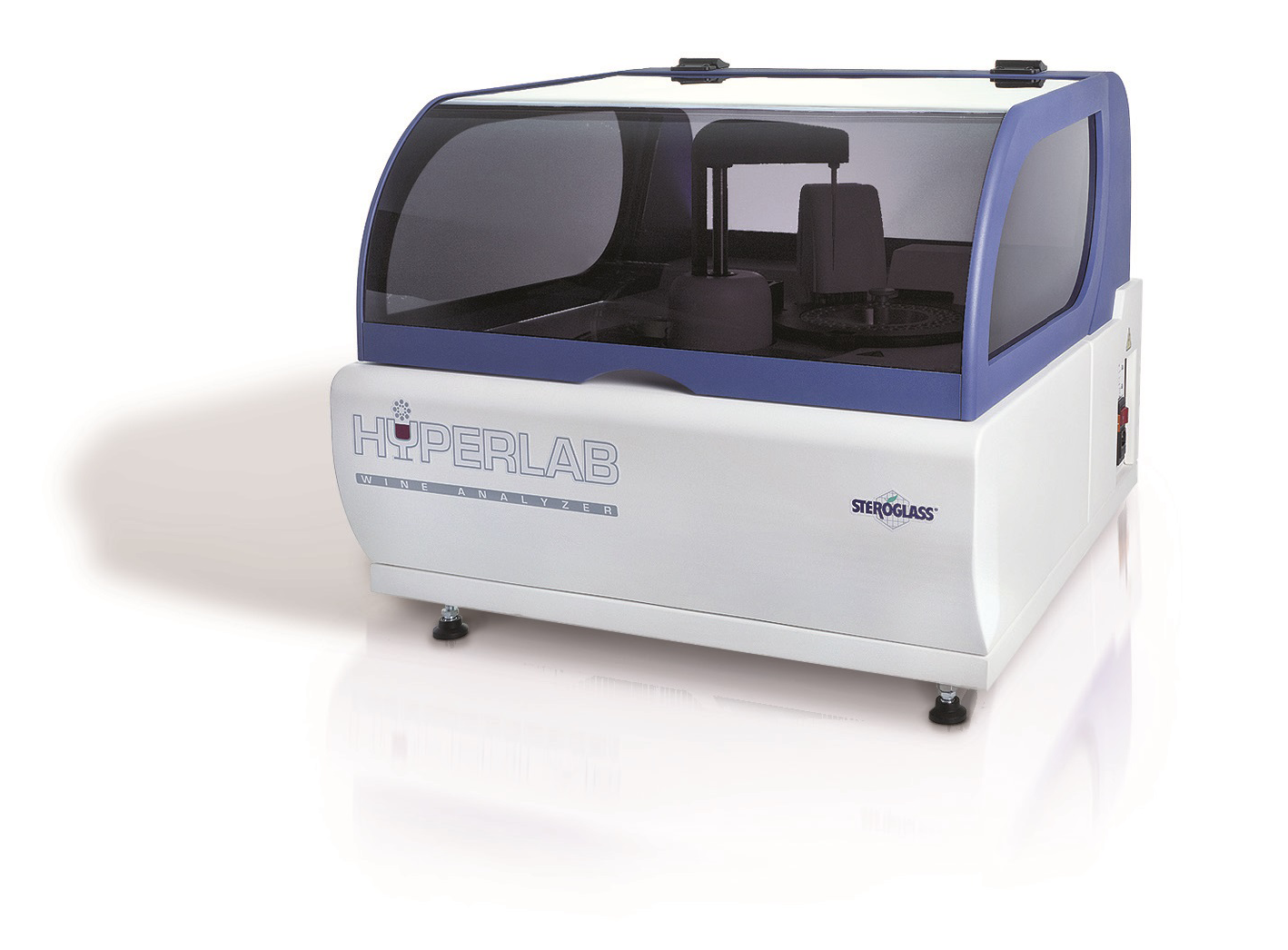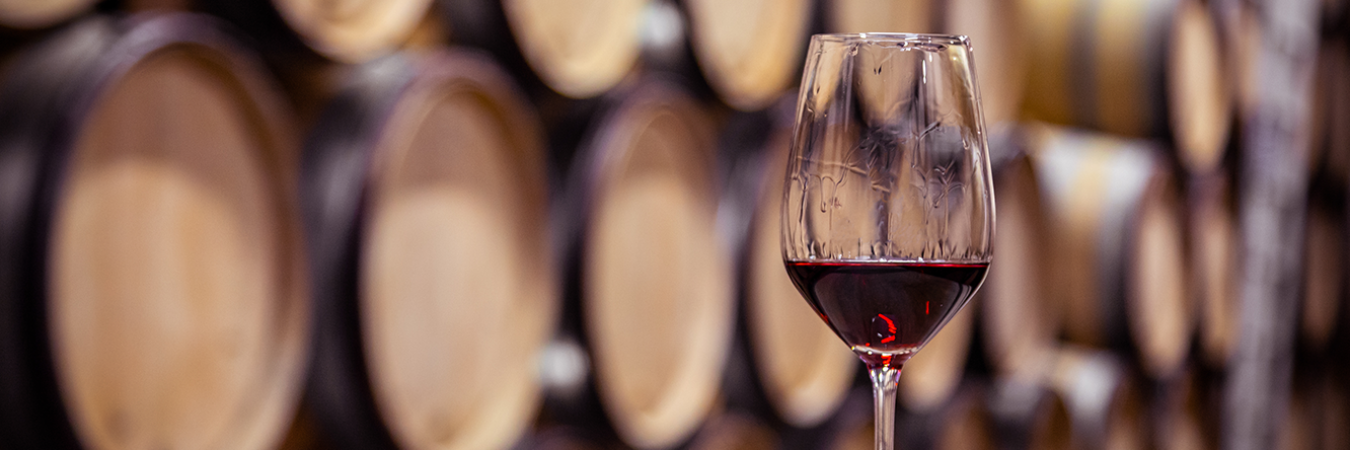Why they are used and why it is important to reduce their use
Sulphites are used in the winemaking process mainly to prevent wine oxidation and protect the wine from bacteria and other micro-organisms, which can cause undesirable changes. To be precise, the main functions are:
- Anti-oxidant: SO2 protects wine from oxidation and preserves its colour, taste and bouquet.
- Anti-microbial: Sulphites prevent the growth of undesirable bacteria and yeasts, which can cause faults in the wine or even turn it into vinegar.
- Stabiliser: SO2 bonds with unstable molecules in wine, e.g. phenols, prevents the formation of undesirable compounds and thus guarantees greater stability over time.
Nevertheless, sulphites can cause health problems for some people, e.g. allergic reactions or asthma. Furthermore, an excessive use of sulphites can alter the taste and bouquet of the wine and damage the environment.
This is why wine producers are always seeking to reduce or completely eliminate the use of sulphites, in order to improve the natural image of their wine and to respond to market demands. In Europe, the maximum limit established by law is an SO2 total of 150 mg/l for red wines and 200 mg/l for white and rosé wines containing a maximum of 5 g/l of reducing sugars (EU Regulation 2019/934).
Techniques to reduce the use of sulphites
Recent research by the Department of Agricultural, Forestry and Food Science at the University of Turin, published in the magazine VVQ - Vigne, Vini & Qualità, edited by Susana Río Segade, Camilla De Paolis, Maria Alessandra Paissoni, Simone Giacosa, Enzo Cagnasso, Alberto Caudana, Luca Rolle and Vincenzo Gerbi, highlighted the existence of different techniques, which can avoid/reduce the use of sulphites. These include strategies which afford protection from oxygen during the must fermentation phase:
- the use of dry ice or inert gases
- temperature and racking adjustment
- the saturation of white grape must with oxygen
- 'hot' extraction of the colouring material for red wines
There are, however, two phases in the life of a wine, which have so far not found easy solutions without sulphites: the ageing in wooden casks and bottling.
In the former, there is a very high risk from anomalous micro-flora (Brettanomyces, undesired lactic bacteria, etc.) and the decrease in the use of sulphur dioxide, together with a considerable rise in pH values, is certainly the cause of the increase in faults in red wines from volatile phenols. If wine is kept in bottles, the absence of sulphites drastically reduces shelf-life.
Some strategies to decrease the use of sulphites are:
- The use of Lysozyme with anti-microbial activity against the proliferation of Gram-positive bacteria. Lysozyme is an enzyme from egg-white and must be declared on wine labels if detectable in a concentration equal to or exceeding 0.25 mg/l (Directive 2007/68/EC) due to the possible presence of allergens. Lysozyme destroys the cell walls of sensitive bacteria (Gram-positive) e.g. lactic bacteria, although its activity is inhibited by the presence of high concentrations of polyphenols.
- The use of sorbic acid with an anti-fungal action. Sorbic acid is added in the form of potassium sorbate and is limited to sweet wines and partially fermented products, preferably at bottling to avoid re-fermentation, and is always combined with free SO2 to prevent oxidation and any bacterial activity. The law also establishes a maximum limit for sorbic acid of 200 mg/l in the end product (EU Regulation 2022/68) due to possible negative effects on human health.
- The use of Dimethyl dicarbonate (DMDC). This is able to inhibit micro-organisms, especially yeasts, by reacting irreversibly with the amino groups of active sites of cellular enzymes. Nevertheless, its action against bacteria is limited. The DMDC in wine rapidly hydrolyses into carbon dioxide and methanol. The latter is restricted by law.
In the European Union, DMDC can only be added to wines with a content of residual sugars equal to or exceeding 5 g/l and can only be added just before bottling (EU Regulation 2022/68). - The use of Chitosan. This polysaccharide is derived from chitin, effective against Dekkera/Brettanomyces bruxellensis and Oenococcus oeni, although its anti-microbial effect is limited over time and is not definitive.
- The use of fumaric acid (approved in 2021 by the OIV) in order to control the activity of lactic bacteria.
- The use of ozone, which is known for its broad spectrum, oxidant and disinfectant properties without leaving any residue. Treating grapes with ozone reduced the apiculate yeast and Brettanomyces bruxellensis load with a lower production of acetic acid in spontaneous fermentation and a significant decrease in the ethylphenols in the wine, respectively (Crevero et al., 2016). Furthermore, the protective action on the anthocyanins and the elicitor effect of ozone on the varietal volatile compounds, including terpenes, has been confirmed (Río Segade et al., 2017).
- The use of physical methods that exploit emerging technologies to reduce undesirable micro-organisms in wine, and include high pressure, ultrasound, ultraviolet radiation and pulsed electric fields. However, these methods have only been tested experimentally and need to be validated on an industrial scale.
As regards anti-oxidant activity, phenolic compounds, glutathione and sorbic acid have been suggested for their effectiveness in the vinification process. Nevertheless, SO2 consumption of oxygen is also more rapid at lower doses, with the exception of sorbic acid. However, the latter must be used together with SO2 to capture the hydrogen peroxide produced by the oxidation of the sorbic acid. Among the tannins, ellagitannins have shown higher oxygen consumption rates, with lower values in decreasing order recorded by Quebracho tannins, tannins from peel and seeds and Gallotannins (Pascual et al., 2017).
Measuring the quantity of sulphites in wine using the Hyperlab
The Hyperlab is a versatile, precise instrument to measure sulphites in wine. By using the colorimetric method and a dedicated software, the HyperLab is able to measure the concentration of the free and total sulphites in wine. This enables wine producers to precisely monitor the sulphite levels during the vinification process and adapt their practices to reduce the use of sulphites as required.

In the same research by the University of Turin, our HyperLab was experimentally compared with the two methods proposed by the OIV (aeration-oxidation and Ripper), by analysing almost 70 samples of both red and white wine containing quantities of free sulphur dioxide ranging from 10 to 35 mg/l of SO2.
The results obtained with the HyperLab colorimetric method were compared with the two OIV methods (reference and iodometric method) and showed a good correlation between the methods compared, with a correlation coefficient value (R ≥ 0.92).
Our HyperLab not only gives an enzymatic analysis of all the most important wine components, it is also an excellent ally for wine producers, who want to focus on sulphite concentration levels.

